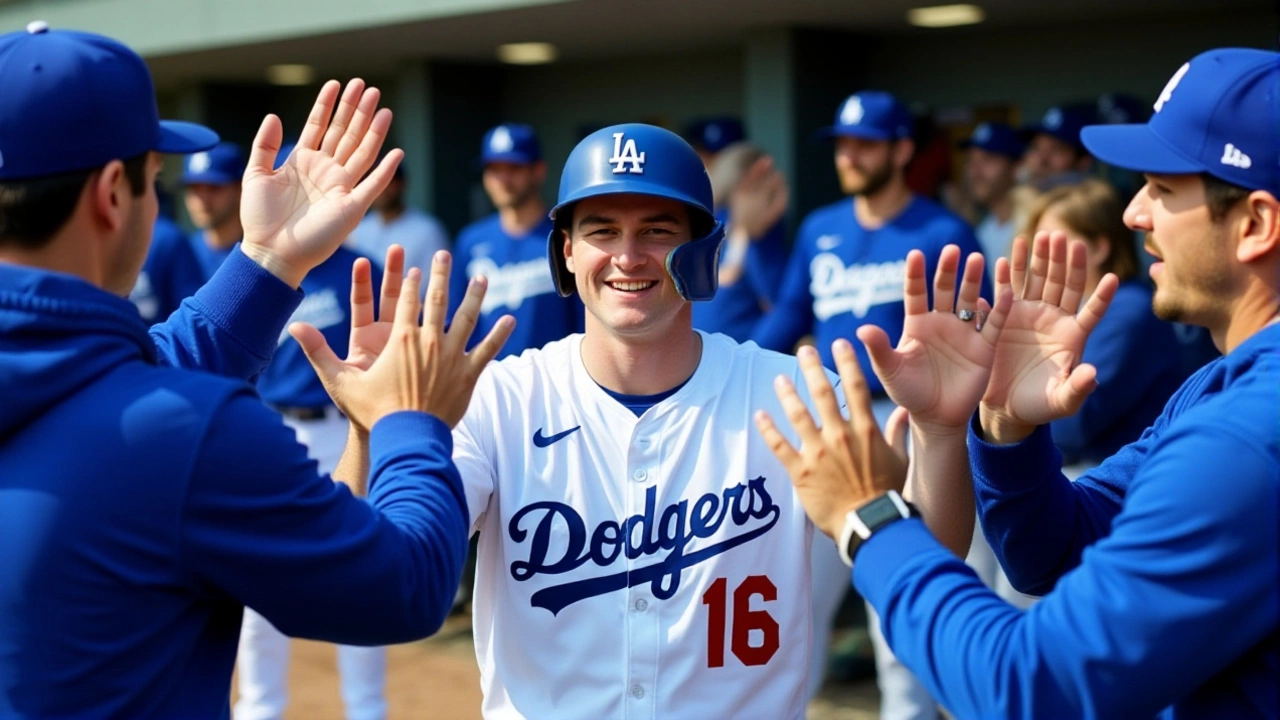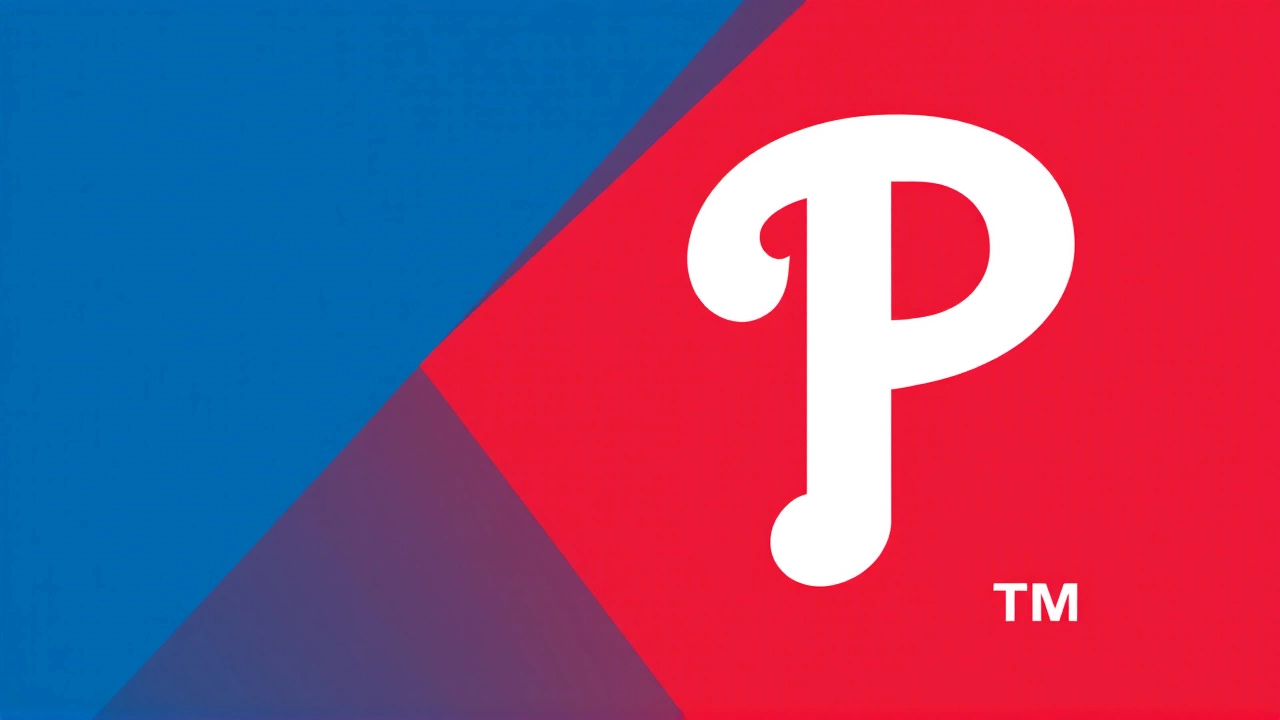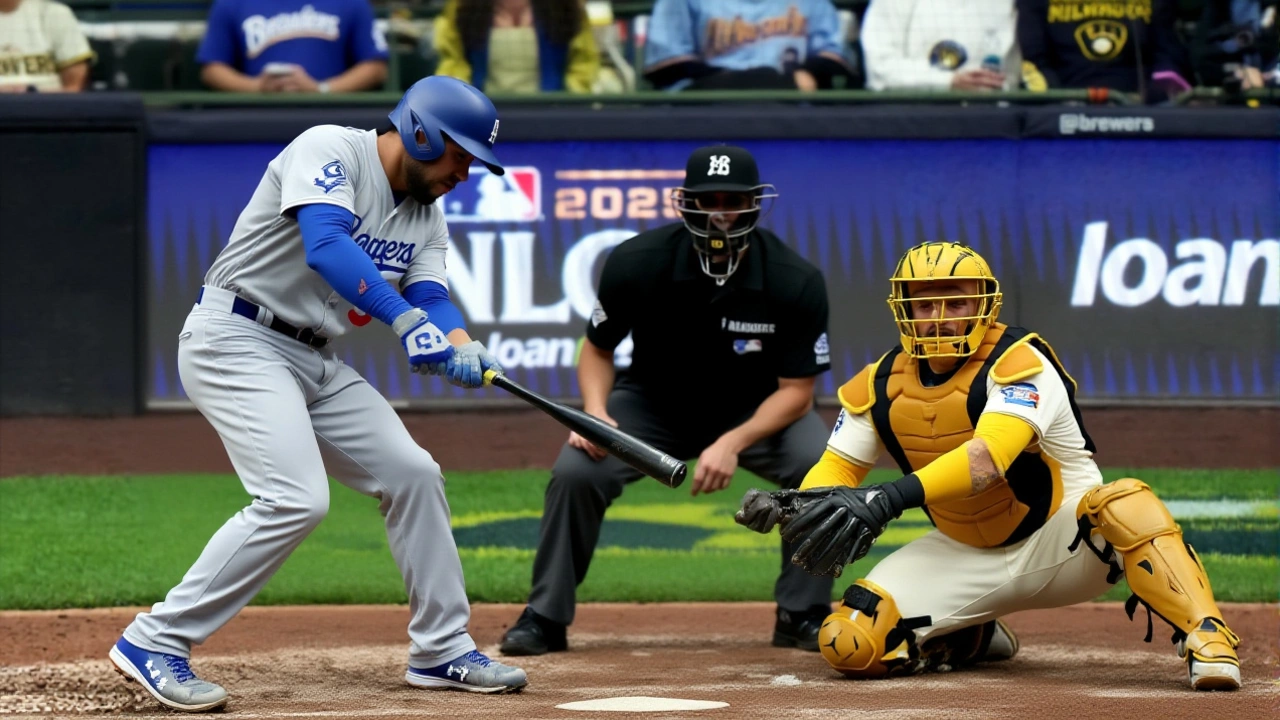
When Shohei Ohtani, pitcher/designated hitter of Los Angeles Dodgers stepped up on October 17, 2025, at Dodger Stadium in Los Angeles, California, the National League Championship Series Game 4Dodger Stadium turned into a one‑man show. The Dodgers rolled the ball to the right field wall with a 469‑foot blast, then took the mound later and scattered five hits while allowing just a single run. The final out came when right fielder Pahes leapt and snatched Caleb Durban’s fly ball, sealing a 5‑1 victory and a four‑game sweep of the Milwaukee Brewers.
Historic Sweep and Its Significance
The sweep wasn’t just a win; it was a statement. No team in NLCS history had ever shut out an opponent for four straight games while surrendering just one run overall. The Dodgers’ pitching staff logged four consecutive postseason outings with one run or fewer, joining an elite club that includes the 1995 Atlanta Braves and the 2016 Chicago Cubs. For a franchise that missed the postseason altogether in 2022, the turnaround feels almost cinematic.
Ohtani’s Two‑Way Masterclass
Before the game, Dave Roberts, manager of the Los Angeles Dodgers hinted that Ohtani could “put his stamp on the NLCS.” He did. After a quiet first inning, Ohtani squatted in the third and launched a home run that cleared the iconic 400‑foot marker by more than sixty feet. He followed that with a second‑inning single, then, in the fifth, took the mound. Over six innings he issued just one walk, struck out nine, and kept the Brewers off balance with a fastball that still touched 97 mph.
ESPN’s post‑game analysts called it “the most dominant playoff game ever by a two‑way player.” Even rival commentators admitted they’d never seen anything like a 469‑foot home run paired with a near‑no‑hitter in the same outing.
Pitching and Bullpen Dominance
Behind Ohtani, the Dodgers’ bullpen delivered as scheduled. Reliever William Contrarus collected his second hit of the night — a line‑drive single to center — before escaping a jam in the ninth with a double play. The unofficial closer, whose name was never shouted on the broadcast, patched the final three outs without a whiff.
The Brewers managed to get on the board in the first inning when Christian Yelich singled and advanced on a sacrifice, but the run evaporated after a pick‑off. Sal Frelick later reached on a fielder’s choice, only to be stranded as the ninth‑ inning drama unfolded.

Brewers’ Struggles and What Went Wrong
Across the four‑game series, Milwaukee scored a total of four runs. That tally ranks among the lowest outputs for any team in NLCS history. Their offense, which had been a powerhouse in the regular season — a 97‑65 record and a NL Central crown — sputtered at the worst possible time.
Analysts point to three key factors: a deluge of high‑velocity fastballs, a lack of timely hitting, and defensive miscues. The most glaring miscue came when Caleb Durban’s fly ball was snared easily, turning a potential rally into the final out.
Looking Ahead: World Series Preview
With the sweep, the Dodgers now set their sights on the winner of the American League Championship Series, slated to face them when the World Series opens on October 25, 2025. If Ohtani’s performance is any indication, Los Angeles could be the team to beat. Pitching depth, a balanced lineup, and a veteran manager who knows how to keep the clubhouse calm give them a clear edge.
Meanwhile, Milwaukee will head into the offseason with a roster that still boasts a .269 team batting average and a strong farm system, but questions loom about how to rebuild after an abrupt postseason exit.

Background: Dodgers’ Postseason Road to 2025
The Dodgers entered the 2025 season at 93‑69, a record that placed them second in the National League West. Their postseason run began with a gritty victory in the NLDS, where a late‑inning rally by Freddie Freeman turned a 3‑2 deficit into a 4‑3 win. That momentum carried through the NLCS, where the team’s defense held opponents to an average of 0.75 runs per game.
Historically, the franchise has collected four World Series titles, the most recent in 2020. The 2025 squad, however, blends the old guard — like Freeman and veteran pitcher Clayton Kershaw, who made a cameo appearance in Game 4 — with the new, headlined by Ohtani’s unprecedented two‑way skill set.
- Game 4 final score: Dodgers 5, Brewers 1
- Ohtani’s home run distance: 469 feet
- Dodgers’ bullpen ERA in NLCS: 0.75
- Brewers’ total runs in NLCS: 4
- World Series start date: October 25, 2025
Frequently Asked Questions
How does this sweep affect the Dodgers’ chances in the World Series?
The four‑game sweep gives the Dodgers extra rest for their ace rotation and reinforces a mental edge. With a bullpen that allowed just one run over four games, they enter the World Series as the team with the lowest postseason ERA, a statistically significant advantage.
What were the key factors behind the Brewers’ offensive collapse?
Three main issues surfaced: the Dodgers’ pitchers averaged 96‑plus mph, timing was off on swing‑and‑miss pitches, and Milwaukee’s base‑running errors killed momentum. Even high‑performer Christian Yelich couldn’t generate enough run‑producing at‑bats.
Who will likely start for the Dodgers in Game 1 of the World Series?
Manager Dave Roberts is expected to hand the ball to the veteran right‑hander who logged six strong innings in Game 4, while keeping Ohtani in the lineup as a DH to maximize offensive firepower.
What does Ohtani’s performance mean for two‑way players in MLB?
His dominant outing showcases that a two‑way star can thrive under playoff pressure. Teams may now invest more in developing pitchers who can also hit, potentially reshaping roster construction league‑wide.
When does the World Series begin and where will the first games be played?
The 2025 World Series kicks off on October 25, with Games 1 and 2 slated for the American League champion’s home ballpark, followed by the National League champion’s stadium for Games 3 and 4, pending the series length.
 Sports
Sports